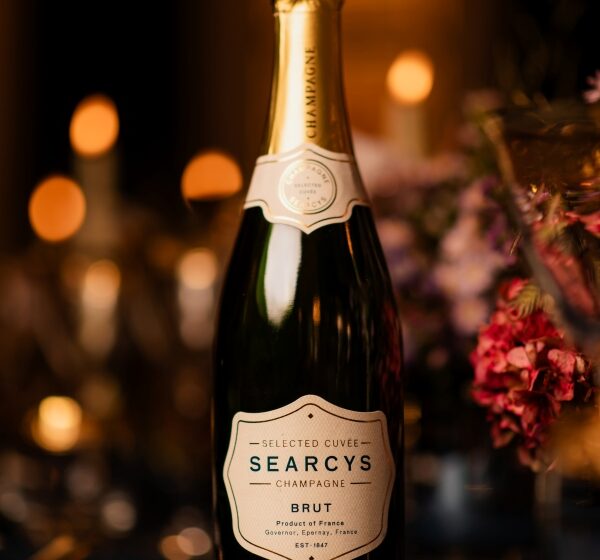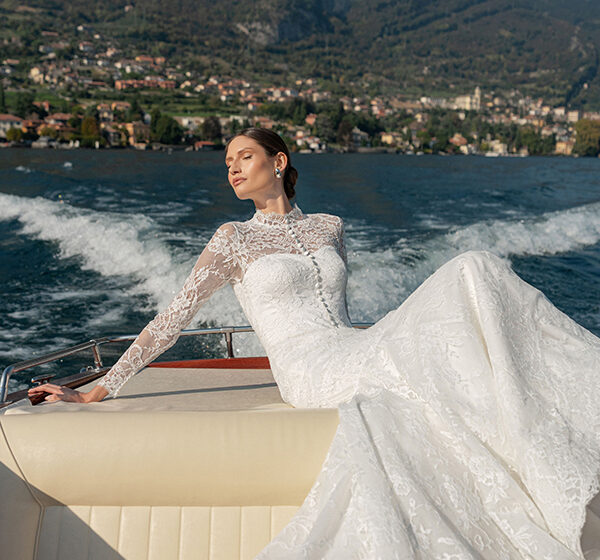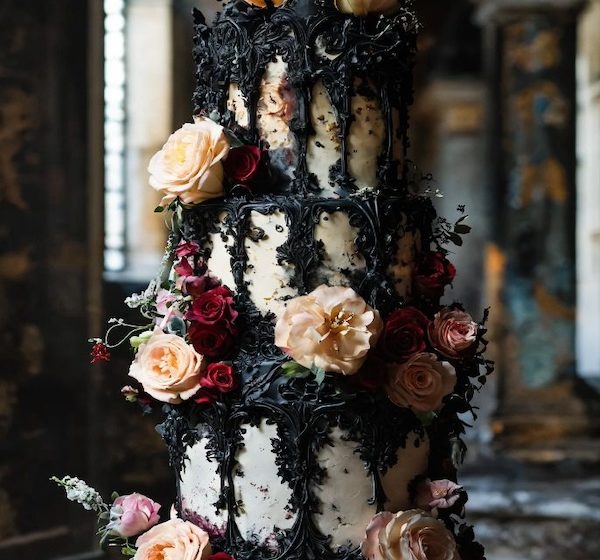
Billy Joel may think “It’s a nice day for a white wedding”, but we beg to differ….

When envisioning weddings, the classic image of a bride in a pristine white gown with her groom dressed in a sleek black tuxedo standing at the altar often comes to mind. Weddings may be a universal celebration of love, however, how we dress for the big day varies dramatically across cultures.
Following Queen Victoria’s wedding to Prince Albert in 1840, white swiftly transformed into a symbol of supremacy and power. Today, white has evolved to symbolize purity and virtue in Western societies, contrasting with other cultures that embrace a kaleidoscope of vibrant hues and intricate designs in their wedding attire. Each traditional wedding dress serves as a narrative, reflecting history, beliefs, and customs unique to each culture.
From Scottish kilts to Japanese kimonos, join us on a colourful journey around the globe as we explore some of the most enchanting wedding dresses and their significance.
India

In Indian culture the bride often wears a saree or lehenga, adorned with intricate embroidery, vibrant colours and heavy embellishments. Red is a popular choice, symbolising love and auspiciousness. The saree, typically draped elegantly, can be made of silk of chiffon, while the lehenga – a long skirt paired with a blouse – is often complemented by a dupatta (scarf). For many Indian brides the outfit is not just clothing, it’s a connection to their Indian heritage.
Japan

The Japanese kimono is a traditional garment known for its intricate designs and rich cultural significance. Brides often choose to wear a kimono during weddings as it symbolises purity, elegance, and respect for heritage. The elaborate patterns and vibrant colours of the kimono reflect the beauty and nature of the changing seasons, embodying hopes and dreams for the couples future. The kimono is steeped in tradition, with specific styles, such as the shiromuku, worn exclusively for weddings to signify a new beginning and the bride’s commitment to her partner. This timeless attire not only honours Japanese customs but also enhances the spiritual atmosphere of the wedding ceremony.
Morocco

Capturing the magic of Marrakech, Morrocan wedding attire is a vibrant reflection of the country’s rich cultural heritage and diverse influences. Brides typically wear a richly decorated dress called a caftan, adorned with elaborate embroidery and luxurious fabrics, often in bold hues to symbolise joy, celebration and family prestige. A Moroccan bride’s look would not be complete without sparkling jewellery and accessories. The caftan not only signifies the bride’s transformation into a new phase of life, but also connects her to generations of women who have worn similar garments, making it a profound symbol of heritage and continuity.
Ghana

Hailing from Ghana, the African kente cloth is a vibrant piece of clothing, often fashioned from cotton or silk and features lively hues like reds, blues and yellows. The intricate patterns symbolise blessings and good fortune for the happy couple. The kente cloth is a must-have at African weddings and perfect for brides looking to inject their big day with cultural flair.
Poland

Since the fall of communism in 1989, there has been a noticeable shift among the younger generation in Poland towards modern weddings, reflecting contemporary trends and preferences. However, amidst this modernisation, traditional ceremonies continue to hold significance, particularly in remote villages where customs and rituals are preserved. In the picturesque Zakopane region of Poland, nestled in the heart of the Tatra Mountains, Highlander weddings remain a testament to the enduring cultural heritage of the area. The Highlander culture, deeply rooted in tradition, adds a unique and authentic touch to these ceremonies, showcasing a blend of old-world charm and contemporary influences.
Indonesia

Indonesia is a melting pot of culture with diverse traditions and customs that blend harmoniously creating a rich heritage. From the vibrant dances of Bali to the detailed batik patterns of Java, each region of Indonesia boasts its own unique cultural heritage. When it comes to weddings, the Balinese wedding ceremony is a spectacle of opulence and grandeur that never fails to captivate with its richness and magnificence. In regal fashion, both the bride and groom are crowned with resplendent gold crowns, signifying their union the beginning of their journey together in matrimonial bliss.
Scotland

In Scottish weddings, tradition plays a significant role in adding a touch of heritage and symbolism to the ceremony. One notable tradition is the groom wearing a kilt representing his clan, showcasing pride in his family’s lineage. After the wedding, a heartwarming custom takes place where the groom drapes a shawl adorned with his clan’s colors around his bride. This act symbolises the bride’s participation in and acceptance of her new family, uniting both individuals in a shared bond of love and tradition.




